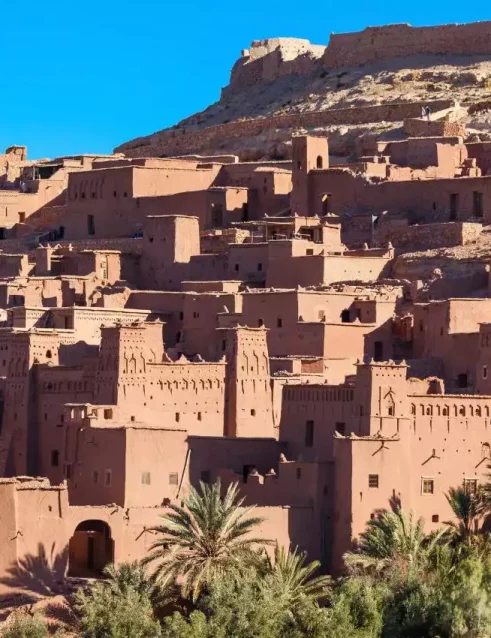Discovering the Allure of Morocco Cities: A Journey beyond Time and Tradition
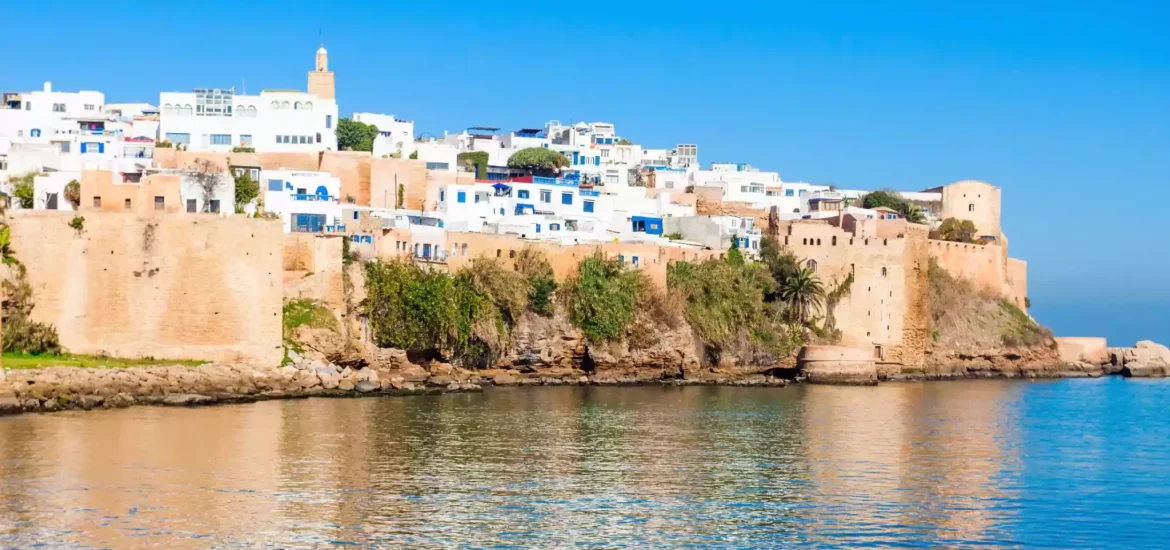
Tangier: A Coastal City of Many Colors
The coastal city of Tangier, bathed in the merging waters of the Mediterranean Sea and the Atlantic Ocean, offers a rich history dating back to the 10th century BCE. Once a crucial Phoenician trading centre, the city has been a cultural melting pot, becoming an international zone in 1923 and attracting diplomats, writers, and businessmen from across Europe and America. In the 21st century, Tangier has transformed, with modern developments, such as the Tangier City Centre, providing a dynamic contrast to its historical charm. The thriving economy is primarily fueled by the significant Tanger-Med port.
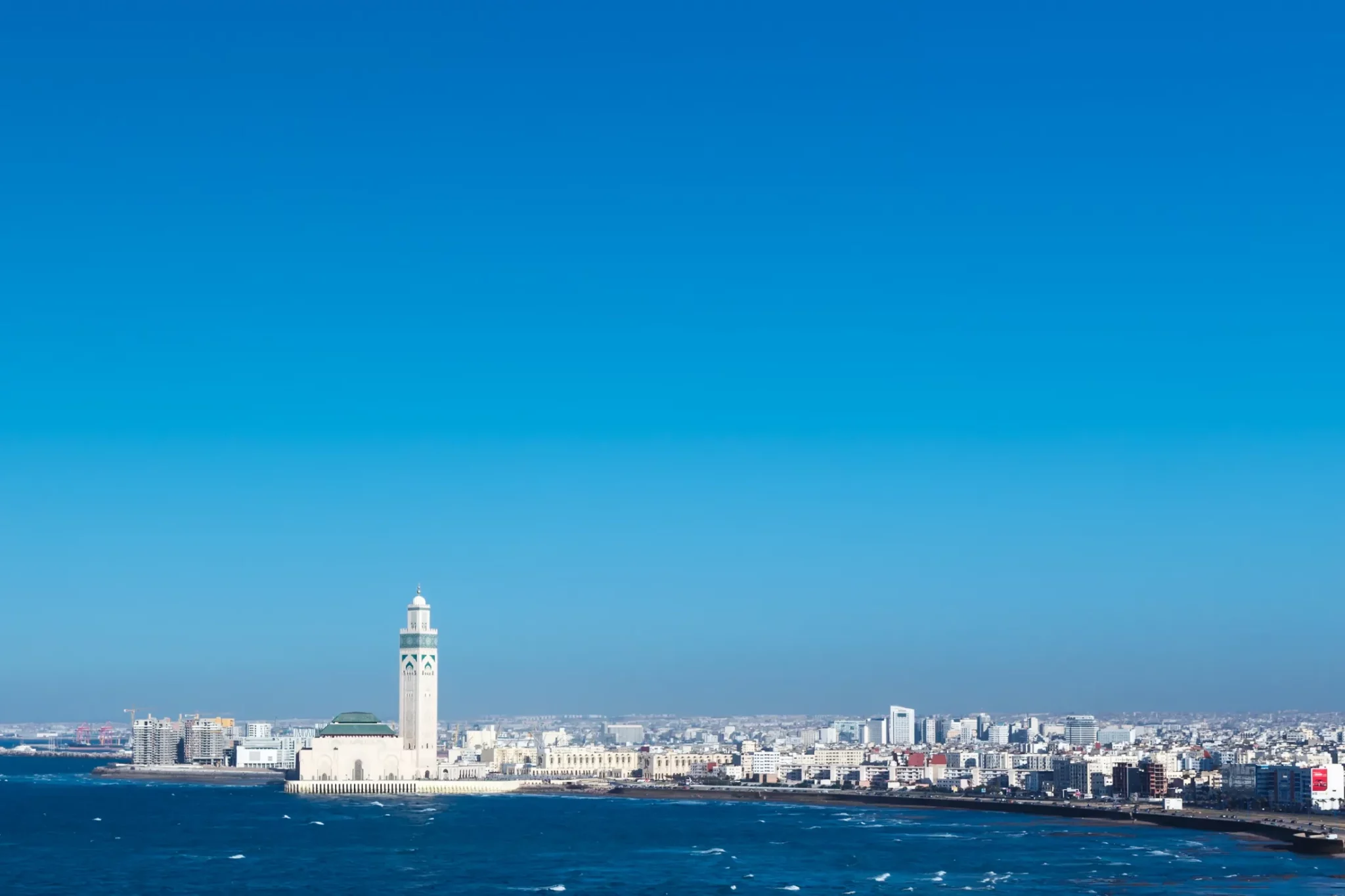
Casablanca: Delving into the White Metropolis
Basked in the soft glow of the Atlantic sunrise, the sprawling city of Casablanca, or as locals affectionately call it, Casa, is an amalgam of vibrant Moroccan tradition and bustling modernity. Known in Arabic as Dar al-Bayda (“White House”) and home to over 4 million people, Casablanca is more than just the largest city in Morocco; it’s the country’s economic and business heart, beating with a rhythm that reverberates throughout the Maghreb region and beyond.
The city’s skyline is punctuated by the majestic silhouette of the Hassan II Mosque, one of the world’s largest mosques, which proudly stretches towards the heavens. A testament to Morocco’s deep-rooted spirituality and architectural prowess, its mesmerizing minaret is a beacon for both the faithful and tourists alike. The Casablanca Tramway, a sleek ribbon of progress, weaves through the city streets connecting the Arab League Park’s lush greenery with the chic boutiques and eateries nestled within the towering Twin Center.
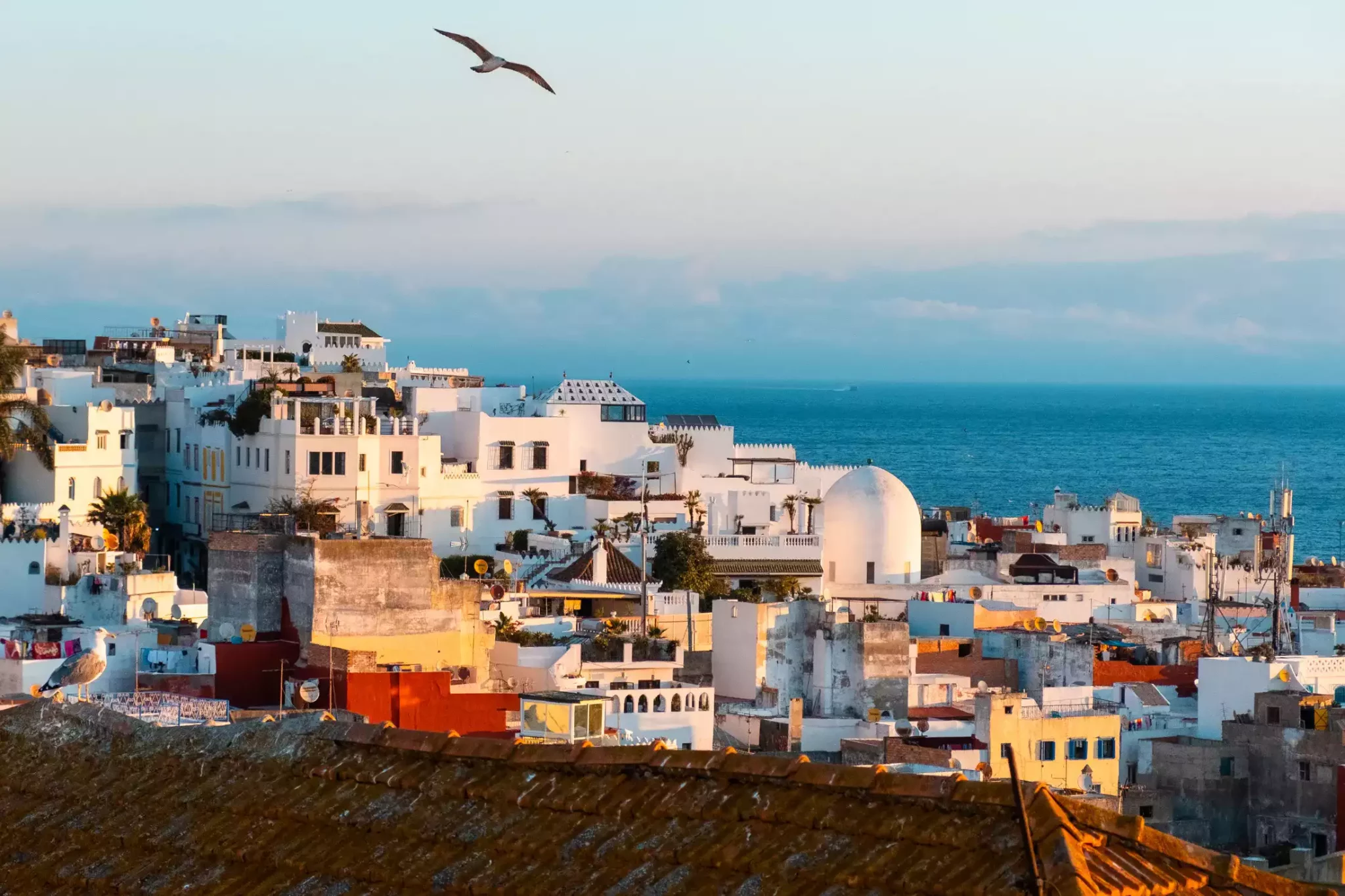
At the heart of Casablanca, you’ll find the Port of Casablanca. One of the largest artificial ports in the world, it’s a bustling hub of maritime commerce and a window into the city’s history as a global trade nexus. With the azure Atlantic waves washing its harbors, the port offers a stark and captivating contrast to the fast-paced urban life just steps away.
Casablanca’s place on the world stage is evident not just in its port but also in its standing as an emerging Global Financial Centre. Stroll through the business districts and you’ll see the Moroccan headquarters of multinational corporations, a testament to the city’s growing economic influence. It’s this convergence of the past, present, and future that makes Casablanca an undeniable magnet for travelers, drawing them into its unique rhythm and compelling story.

Rabat: The Timeless Capital of Morocco
Perched on the edge of the Atlantic Ocean, where the river Bou Regreg meets the sea, lies Rabat, the capital of Morocco. Rich in history and culture, Rabat is an intoxicating blend of ancient heritage and modern Moroccan urban life. This city, whose name means ‘Fortified Place’ in Arabic, stands as a testimony to its centuries-old story, one that is interwoven with conquest, trade, and politics.
Founded in the 12th century by the Almohads, Rabat’s unique charm is best embodied in its enchanting Medina, a UNESCO World Heritage Site. Here, labyrinthine alleys are filled with the scent of spices, the hum of bartering voices, and the vivid hues of traditional Moroccan crafts. Whether you’re a history buff or a culture enthusiast, you’ll find yourself entranced by the old city’s architectural treasures such as the iconic Hassan Tower and the sumptuous Kasbah of the Udayas, which boasts breathtaking views of the Atlantic.
Rabat’s history has taken many turns. From its early expansion under the Almohads, through a period of decline, to its resurgence as a haven for Barbary pirates in the 17th century, the city has continually reinvented itself. When Morocco gained independence in 1955, Rabat’s role evolved once again, this time as the country’s capital.
Despite its historical roots, Rabat is not a city trapped in the past. It’s a vibrant, forward-looking city, home to all foreign embassies in Morocco and a hub of various industries including textile, food processing, and construction. Tourism, too, plays a significant role in the city’s economy, with Rabat ranked as one of Top Travel Destinations.
The city’s contemporary charm extends to the coastal district of Salé and the bustling suburb of Temara, together forming a conurbation of over 1.8 million inhabitants. From the ancient ramparts of the Medina to the modernity of its new neighborhoods, Rabat offers a timeless allure. Accessible by train or plane, the city and Story Rabat invite you to embark on an unforgettable journey through Moroccan history, culture, and hospitality.
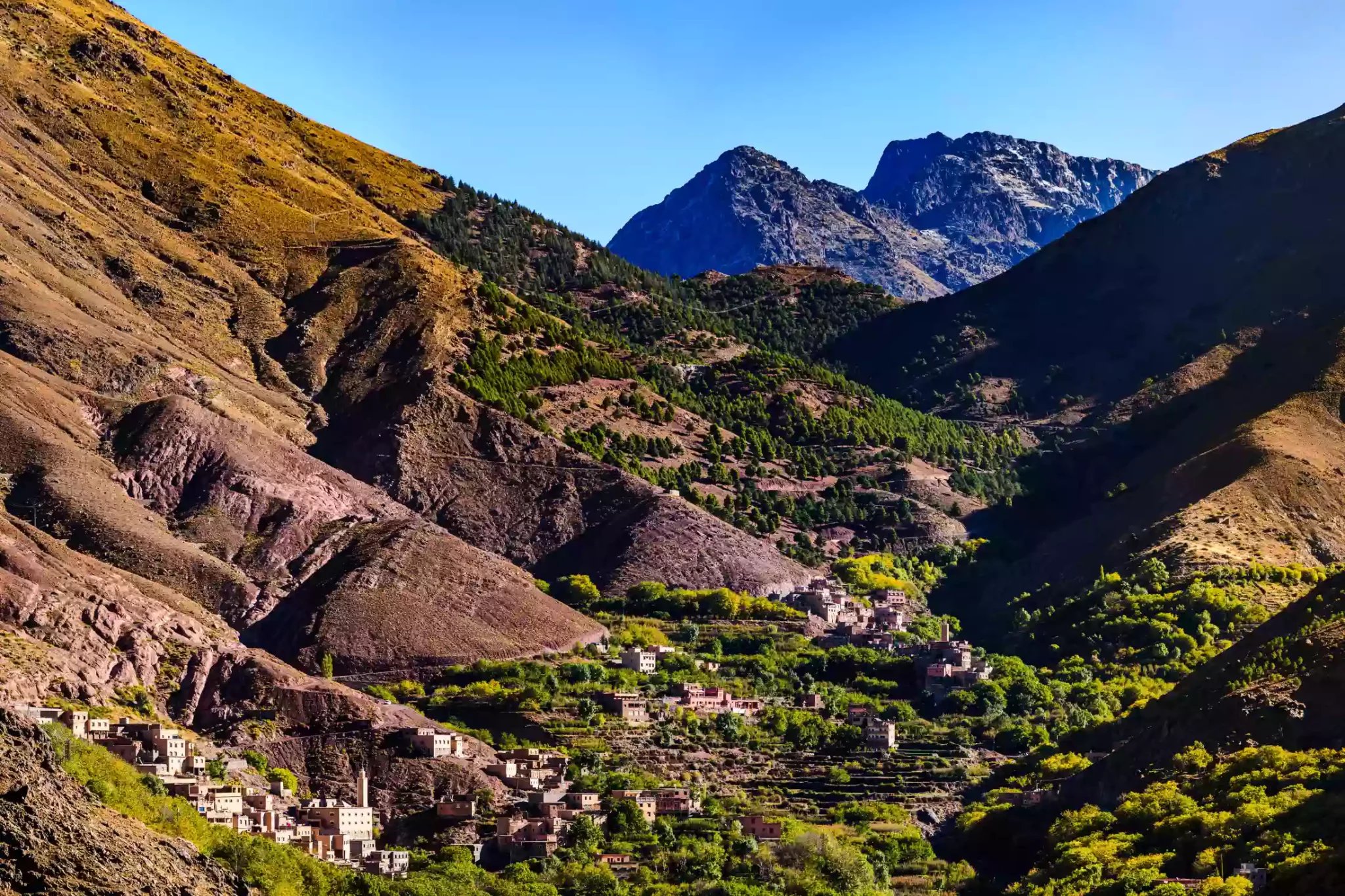
Imlil: A High-Altitude Haven in the Atlas Mountains
Amongst the captivating landscape of other, more modern, Morocco cities, is Imlil in the heart of the High Atlas Mountains. A tranquil village perched at a dizzying 1,800 meters above sea level, Imlil is a unique sanctuary for those seeking adventure and serenity. As the gateway to Jebel Toubkal, North Africa’s towering zenith, Imlil Morocco has bloomed into the epicenter of the country’s mountain tourism.
Though connected to nearby towns like Asni and Ikkiss by a web of roads, Imlil proudly guards its traditional roots. Nestled in the surrounding valleys, the original communities uphold their ancestral customs, adding a unique touch to your Moroccan exploration.
Imlil’s history is as riveting as its landscape. Once known for its verdant orchards of walnut, apple, and cherry trees, it has shifted gears, with tourism now steering its course. Today, both local and international travelers are lured by the inviting contrast that Imlil Morocco offers to the sweltering heat of the Haouz plains.
Fans of the silver screen might recognize Imlil’s scenic beauty from the film ‘Seven Years in Tibet’, further testament to the global allure this mountain village holds. Embark on an expedition to Imlil Morocco, and discover the allure of the highlands for yourself
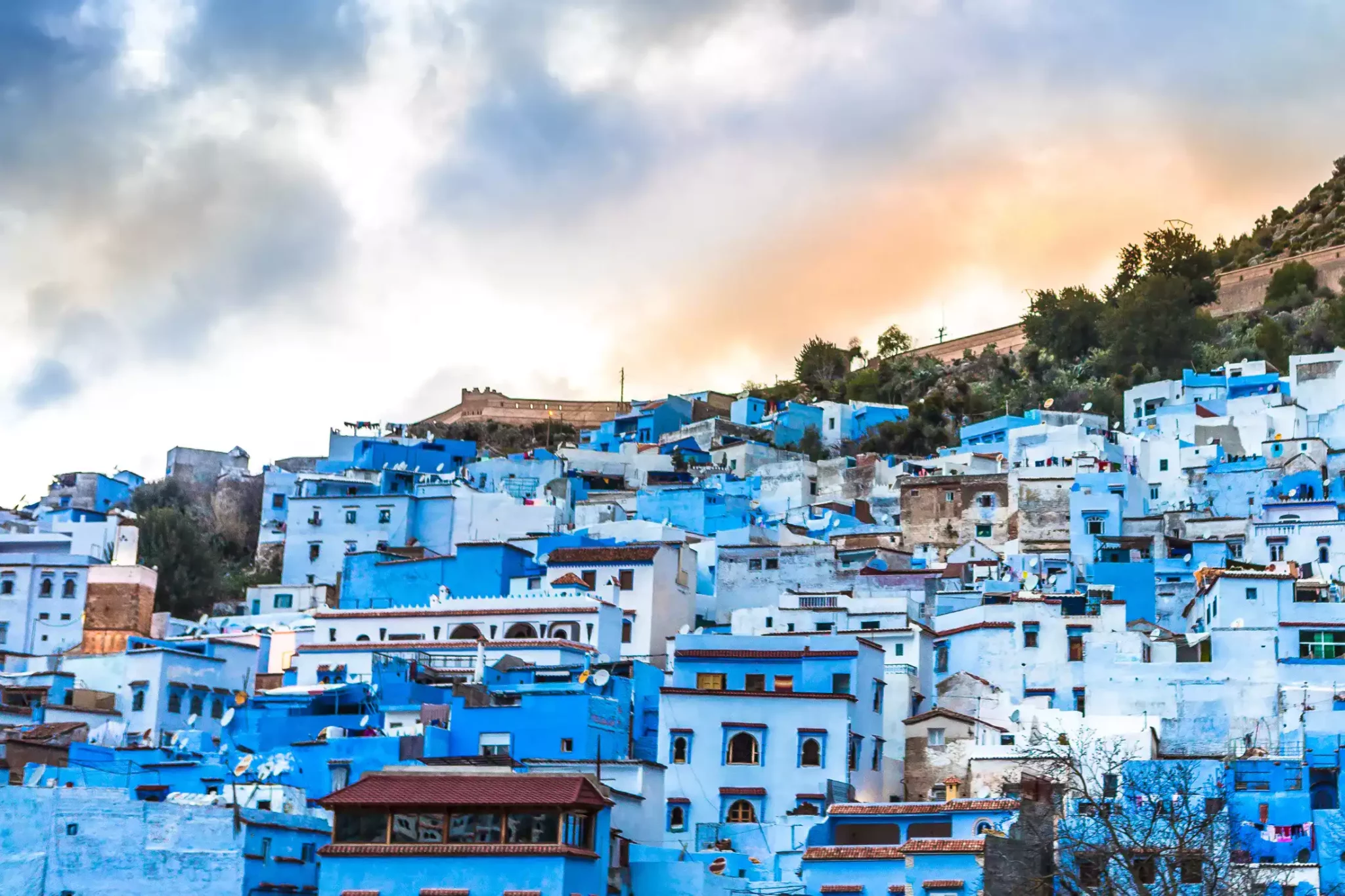
Chefchaouen: Morocco’s Azure Oasis
Your journey culminates in the ethereal Chefchaouen, often referred to as the Blue City of Morocco. Tucked away in the Rif Mountains in northern Morocco, Chefchaouen is a sight to behold. Its winding streets, decorated in varying shades of blue, provide a respite from the bustling energy of Morocco’s larger cities. The tradition of painting the city blue dates back centuries and continues today, with the city’s residents regularly refreshing its unique hue.
The city of Chefchaouen is not just a place to visit; it’s a place to experience. Take the time to lose yourself in its labyrinthine blue streets, seek out new murals, enjoy the peace and tranquility of a coffee break, and explore the local market on market days. As the sun sets, watch the city’s shades of blue morph and change, imbuing the city with a magical glow.
As we delve deeper into these incredible Morocco cities, we see the intriguing blend of past and present, where tradition and innovation coexist. Whether you’re walking through the vibrant streets of Tangier, climbing the slopes around Imlil Morocco, or getting lost in the mesmerizing blue labyrinth of Chefchaouen, your experience will be enriched by the unique Moroccan culture, making for unforgettable memories. Through this journey, you will not only discover Morocco’s hidden gems but also the heart of a vibrant, enduring culture that continues to captivate visitors from around the world.









